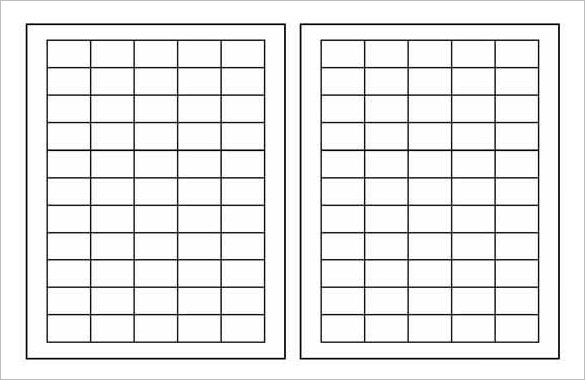


Leave the first box blank and enter a number in the second box, the printing includes labels for all used barcode numbers up to and including the number in the second box.Leave both boxes blank to include all the barcode numbers in use in the defined barcode symbology.Only labels for barcode numbers that are in use are printed it skips any that are unused. Barcode Range: Enter the starting and ending barcode numbers in the fields.Barcode List: Scan your barcodes directly into Destiny to create a new list or choose a previously created list.List or Copy Category: Select the appropriate list.From the Based on drop-down, select what information will be used to create the spine labels report:.From the Sort by drop-down, select either Call Number or Date / Time Copies Added.You cannot choose Barcode List or Barcode Range from the Based on drop-down. Note: You can choose to Group by Site at the district. If you are running the report at the district, select either the district or a single site from the For drop-down.Under Labels, click Spine/Pocket Labels.Choose to create them based on copies in Resource List, copy category, barcode list, barcode range, or when the copies were added. This has been a huge help for my students when finding informational books! When I used to have them arranged in baskets, I had a lot of subjects with only a few books, so they didn’t really have enough books for their own basket, but then other subjects were overflowing with books, but not enough books for another basket.You can create and print spine labels – whether an individual replacement label or for copies recently added. I created the Classroom Library Informational Book Spine Labels based on the Dewey Decimal system, but instead of numbers, the labels have colors and icons! There is an informational reference sheet in a picture frame on top of the informational book shelf, so students can use that to help them find the types of informational books they are looking for! This allows students to not only see the titles of all the books as they are browsing, but also easily find their favorite authors by searching for the letter and the color! It also makes it super efficient for them to put books away when they are finished reading them because they can see right where the book belongs by searching for the color and letter on the label! Informational Book Spine Labels: The labels all have letters and are color-coordinated. Our fiction books are organized in alphabetical order by author’s last name using my Classroom Library Rainbow Book Spine Labels! Each book has a label on the bottom of the spine. We have 3 different sections in our classroom library: fiction, informational, and graphic novels! Fiction Book Spine Labels:
#AVERY LIBRARY BOOK SPINE LABELS HOW TO#
I really want my students to have an authentic experience with our classroom library and learn not only how to find books in our classroom, but also how to find books when they are at bookstores and public libraries! That was the whole reason behind creating my book spine labels for classroom library organization! All books are facing with their spines out so books don’t get lost in the back of book baskets and students can see the titles of every book at any given time as they are browsing for books! How I Organize Our Classroom Library Books with Book Spine Labels I filmed a YouTube video all about my classroom library organization and book spine labels! You can watch that below for information + a tour of my library OR continue reading for all the details! Let’s talk about classroom library organization using book spine labels! In this post I’ll share information about my book spine labels and how they help me organize my classroom library + some pictures of my current classroom library! You can see how my classroom library organization from previous years here and here!


 0 kommentar(er)
0 kommentar(er)
